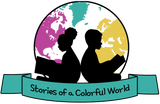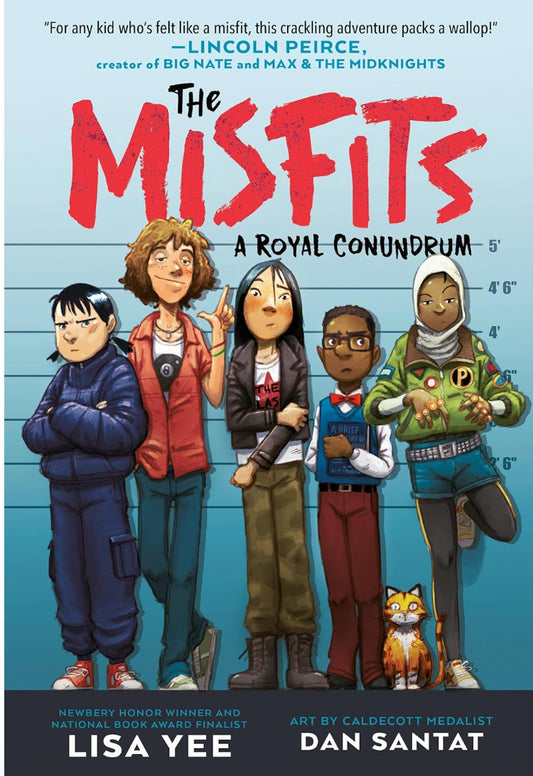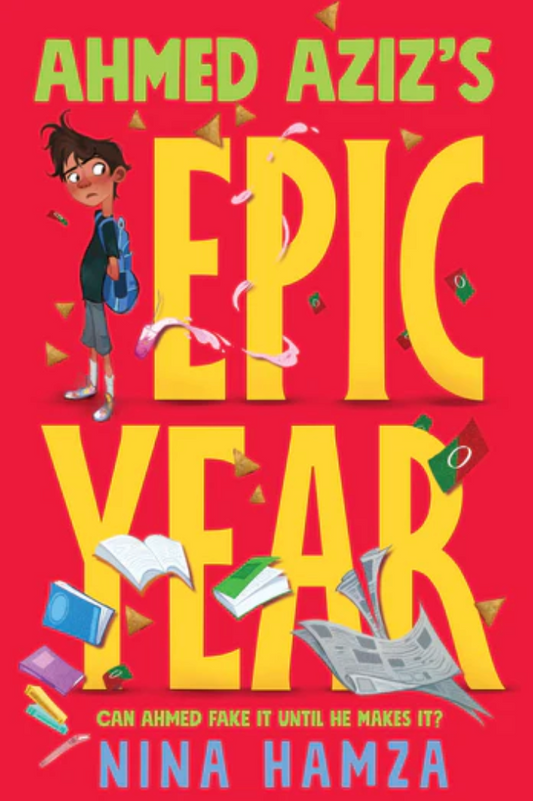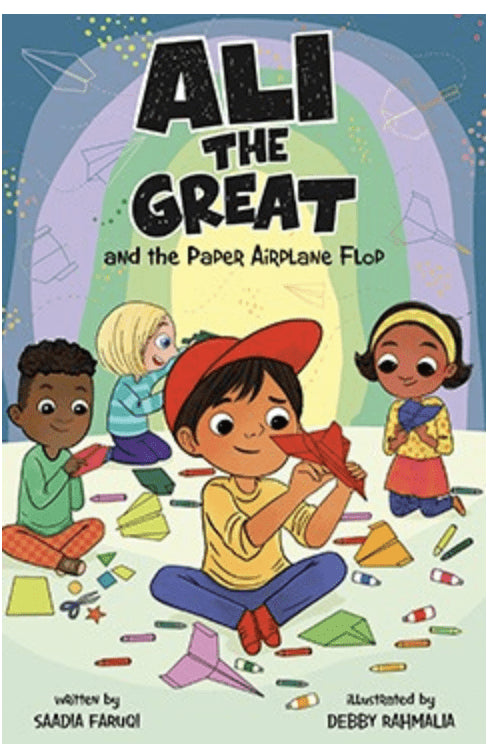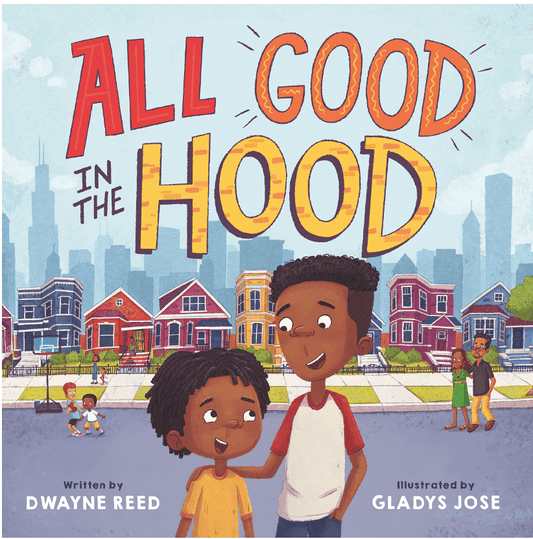Do you remember the first time you saw someone like you in a book, a movie, or even on TV? That little spark of recognition,“Wait, that could be me!” is unforgettable. For kids, that moment can be life-changing.
For me, that moment came in the late 80s and early 90s when I first saw The Cosby Show. It was the first time I really saw a middle-class Black family on television—enjoying life, dealing with everyday situations, and showing a version of Black family life that wasn’t often portrayed. I mean, my family never got to sing with Stevie Wonder in the studio, but watching those episodes opened up possibilities. It showed me what life could look like for people who resembled me, beyond the familiar faces and stories in my own neighborhood.
That’s the power of representation.
Representation in books isn’t just a nice-to-have. It’s a must-have.
When children see characters who share their skin tone, language, family structure, or traditions, they gain confidence. Books become more than words on a page; they become mirrors that reflect who they are. At the same time, diverse stories also serve as windows, inviting kids to step into someone else’s shoes, sparking empathy and understanding.
____________________________________________________________________
The Power of Representation
1. Confidence Grows
When kids see themselves in a story, it reinforces the message: I belong. My story matters. It shows them their experiences are valid and valued, helping them develop self-worth that carries far beyond childhood.
2. Empathy Expands
Exposure to diverse books introduces children to experiences outside of their own. They learn compassion, curiosity, and the ability to understand perspectives different from their own. It’s one of the simplest, most powerful ways to raise kind humans.
3. Stereotypes Shrink
Too often, certain groups are presented in limiting or one-dimensional ways. Diverse stories break down those walls, offering kids richer, more authentic portrayals of people and cultures. This not only broadens children’s understanding but also challenges harmful assumptions.
____________________________________________________________________
💡 Parent Tip: Creating Balance on the Bookshelf
When choosing books for your child, think about balance. Ask yourself:
-
Does this bookshelf reflect my child’s identity?
-
Does it also open doors to other cultures and experiences?
A strong home library should have both mirrors (books that reflect your child’s life) and windows (books that introduce them to different perspectives). Together, these create a foundation for confidence, empathy, and lifelong curiosity.
____________________________________________________________________
Books are often a child’s very first introduction to the wider world. That’s a big responsibility for something that fits on a shelf, right? But it’s also an incredible opportunity.
By filling your child’s library with stories that celebrate diversity and representation, you’re not just teaching them to read; you’re helping them see their worth, expand their empathy, and step into a fuller understanding of the world around them.
So next time you’re choosing a story to read at bedtime, remember: the right book could be the one that whispers, “You belong here.”
____________________________________________________________________________________
Looking for books that reflect and celebrate diverse voices? Explore our curated collection of children’s books with BIPOC representation and start building a bookshelf that empowers your child. [Shop Now →]
